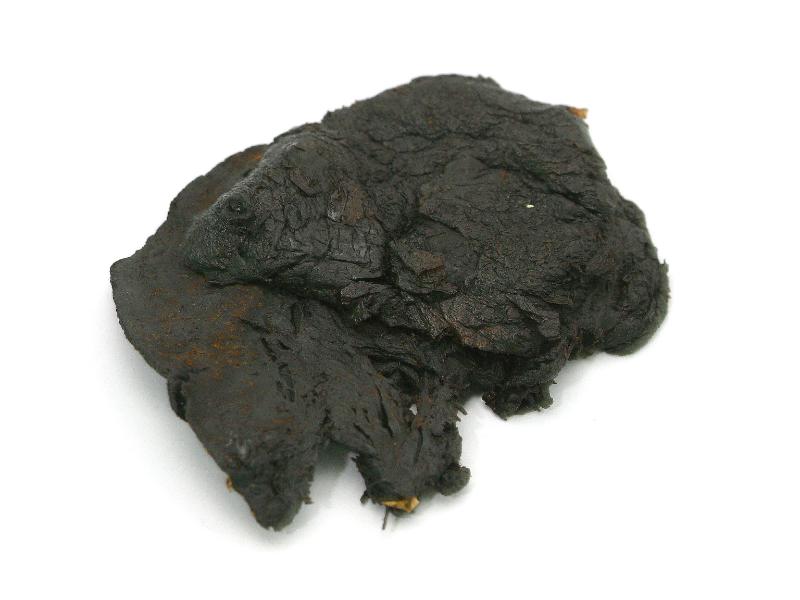Search in medicinals
Polygonati Rhizoma
Polygonatum [root]
黄精 〔黃精〕 huáng jīng

Alternate Chinese names: 姜形黄精 jiāng xíng huáng jīng; 鸡头黄精 jī tóu huáng jīn; 鸡头黄精 jī tóu huáng jīng
Kingdom: Plant
Origin in PRC Pharmacopoeia: Polygonatum sibiricum Redoute; Polygonatum cyrtonema Hua; Polygonatum kingianum Coll. et Hemsl. (PRC Pharmacopoeia)
Origin in unofficial sources: Polygonatum sibiricum Redoute*; Polygonatum cyrtonema Hua*; Polygonatum kingianum Coll. et Hemsl.*; Polygonatum macropodium Turcz.; Polygonatum cirrhifolium (Wall.) Royle; Polygonatum roseum (Ledeb.) Kunth; Polygonatum verticillatum (L.) All.; Polygonatum curvistylum Hua; Polygonatum erythrocarpum Hua; Polygonatum filipes Merr.; Polygonatum lasianthum Maxim.; Polygonatum lasianthum Maxim.
Use: Medicinal
Category: Supplementing agents / Yīn-supplementing agents
Properties: Sweet; balanced.
Channel entry: Spleen, lung, and kidney channels.
Actions and indications:
- Enriches the kidney and moistens the lung: Dual vacuity of the lung and kidney with taxation cough or enduring cough.
- Supplements kidney essence and slows aging: Dizzy head, limp aching lumbus and knees, and
premature graying of the hair due to kidney vacuity and essence depletion; dispersion-thirst due to internal heat. - Supplements the spleen and boosts qì: Spleen-stomach vacuity.
Dosage and method: Oral: 10–30g in decoctions. Use the unprocessed form to moisten the lung. Stir-fry it with wine for a stronger center-supplementing stomach-nourishing action.
Warnings: Contraindicated in the presence of diarrhea due to center cold or glomus and fullness due to phlegm-damp.
Product description: This rhizome is lumpy and irregularly shaped. It is about 6–18 cm long, and 1–3 cm thick. The exterior surface is varying shades of brown and semitranslucent. It has longitudinal wrinkles, protuberant annular nodes, and scars left by leafstalks and fibrous roots. It is usually sold in pre-treated form—steamed nine times, stir-fried with wine or boiled with black beans and is dark brown or black. It is sliced before decocting.
Quality: Best are large, soft, fat, yellow rhizomes with a sweet taste.
Production area: Héběi, Hénán, Jiāngxī.
Etymology: The name huáng jīng 黄精, yellow essence,
is traditionally said to be so called people of ancient times ate it to acquire the essence (jīng 精) of kūn-earth (kūn tǔ 坤土).